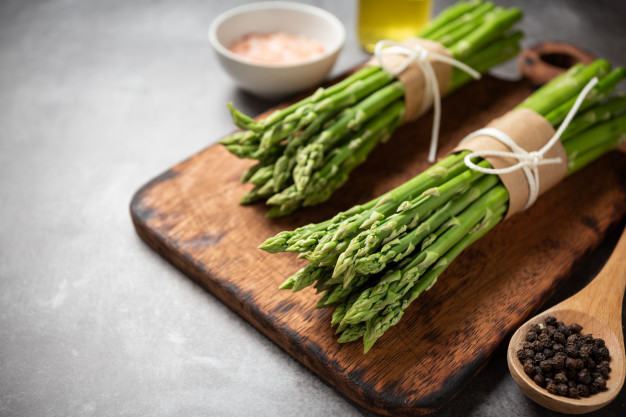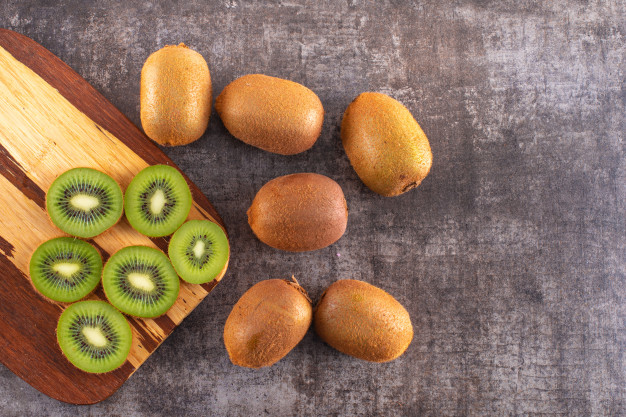
KIWI
The kiwi is a genus of plants. China is considered the most likely home of the kiwi since the ancient times. The best known species grown in Greece is called Actinidia chinensis, var. deliciosa.
The outer part of the kiwi is brown and fluffy. The interior is green and juicy with a sweet and sour taste, with small black seeds.
The plant thrives in fertile and moist soils.
The kiwi fruit is rich in potassium, magnesium, phosphorus, fiber and trace elements; Rich in vitamin C (a single fruit covers the recommended daily intake) and vitamin E (1.2 mg / 100g), a vitamin with antioxidant properties. It also has a low calory count (less than 60).
- October - April
ORANGE
The orange is a fruit originating from India and China.
Its shape is spherical or oval, its skin is thick or thin depending on the exact variety and its flesh is orange. It has a sweet or sweet-and-sour taste and the intensity of its fragrance depends on the variety and quality.
The orange cannot tolerate very low temperatures. For this reason it is grown in tropical, subtropical and temperate regions with mild winters.
Oranges are rich in vitamin C, potassium, calcium, phosphorus and vitamin A. The orange has 47.1 calories per 100g.
- November - June
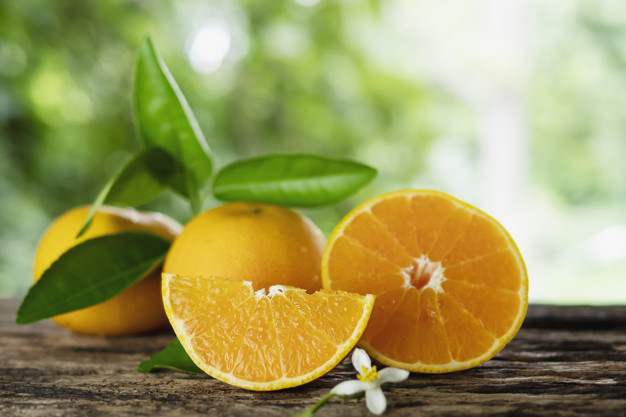

GRAPES
The grape is the fruit of the vine. It has been known as a fruit since the ancient times and it’s also mentioned in the Bible. There are several varieties in Greece, such as the Sultanina of Corinth.
Grapes are generally divided based on their colour – white, red or black. Our country produces plenty of grapes which are rich in juice, and have the thinnest skin out of all the countries of Southern Europe.
Summer and Autumn are the grape seasons.
The grape is rich in potassium and vitamins, and it has both antioxidant and anti-cancer properties. White grapes have 73.40 calories per 100g.
- July - October
CHERRIES
The fruits of the cherry tree (Prunus subg. Cerasus) are called cherries. No one knows for sure the place of origin of the fruit, but the ancient Greeks believed that it came from Asia Minor and more specifically from the city of Kerasounta (hence the name) near the Black Sea.
There are two types of cherries – the sweet cherry and the sour cherry – and hundreds of varieties. Cherries have a spherical shape and their skin is smooth and shiny. They are small in size and their colour depends on the variety.
The cherry thrives in different types of soils and mainly prefers those which do not contain any calcium.
Cherries are rich in vitamins B1, B2, B3, vitamin A, folic acid and vitamin C. They have strong antioxidant properties and just 50 calories per 100g.
- May
- June
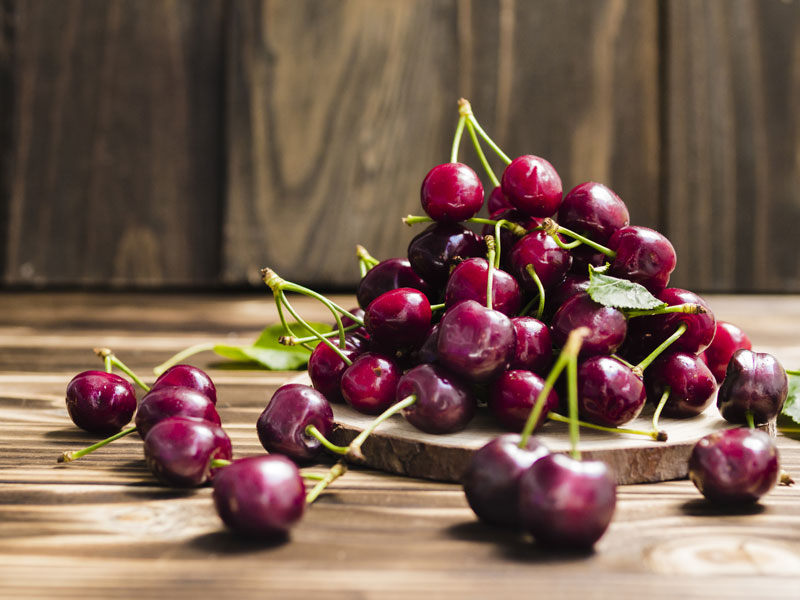
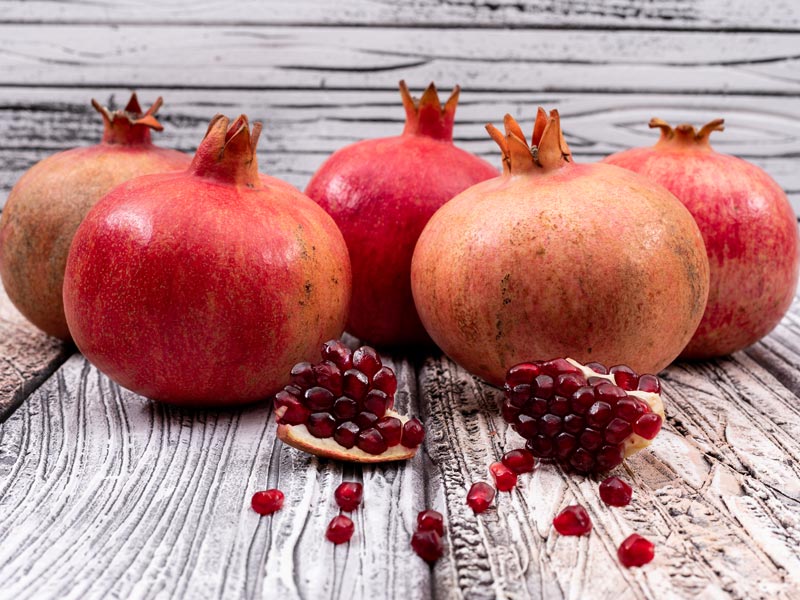
POMEGRANATES
The pomegranate tree is a self-sown plant, cultivated mainly for its fruits, from which refreshing drinks and syrups (grenadine) are prepared, as well as for decorative purposes. The tree was known in Ancient Greece. As for its origin, the pomegranate probably comes from the fertile region of Mesopotamia.
The pomegranate consists of three main parts – the seeds or “episperm”, the juice and the skin.
These fruits ripen in Autumn and are collected before the rains begin. They are then stored in a dry environment.
They are rich in vitamins (K, C, E, folic acid, pantothenic acid, B6), minerals (copper, potassium, manganese), fiber and have antioxidant properties. They have 82.7 calories per 100g.
- October - February
ASPARAGUS
“I am complete, sufficient” – that’s the meaning of the Greek verb ‘spargáo’ from which the word asparagus allegedly derives. The asparagus is of European origin and, according to historical sources, both Greeks and Egyptians were familiar with it. In fact, in our country, the asparagus existed as a self-sown plant and was called a “sprout”.
The shoots of the asparagus emerge separately from the soil, without the presence of a central trunk. The edible parts are the young shoots. Their colour varies from off-white, through various shades of green, to a very dark green resembling almost black.
This is a vegetable that loves sandy, deep soils and can survive for a long time without water.
The asparagus is full of vitamins, helping us meet our daily nutritional needs without the burden of many calories (it has just 20.3 calories per 100 g), featuring folic acid (vitamin B9), A, C, E and K among its nutrients.
- March
- April
- May
